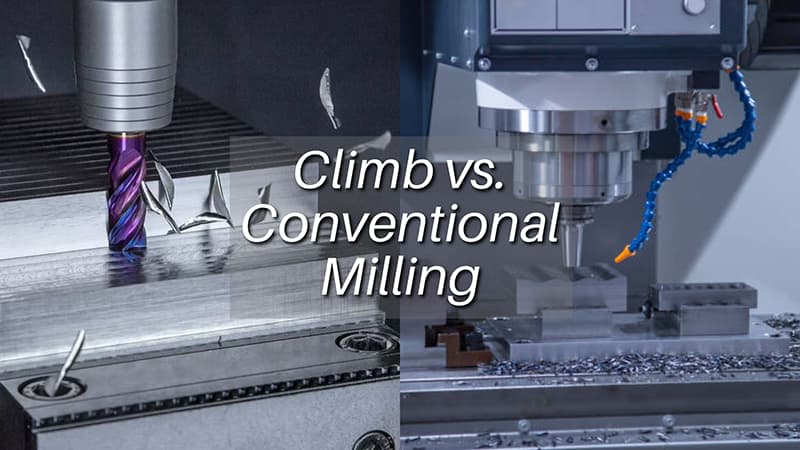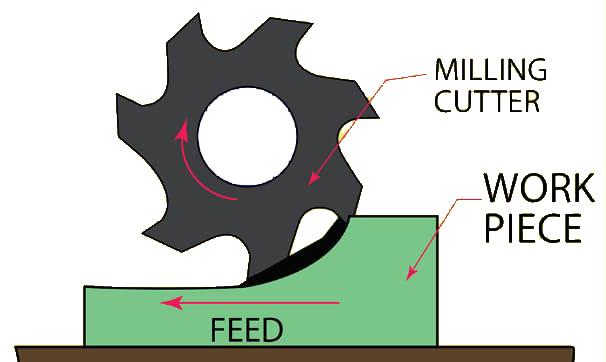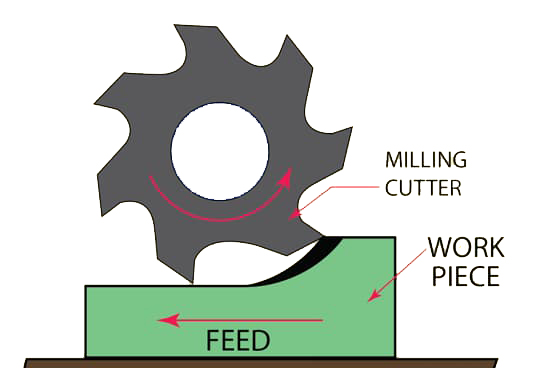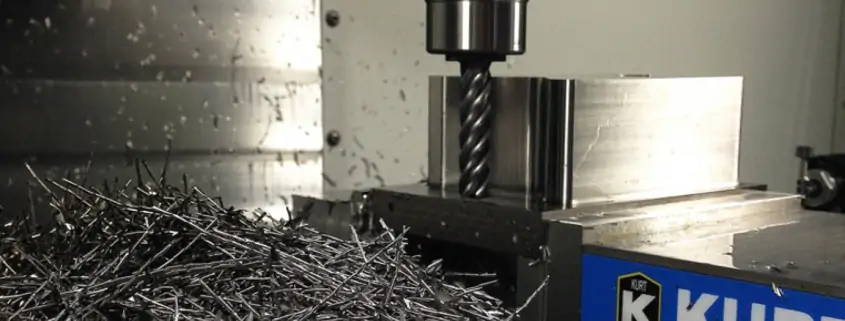
When it comes to CNC machining or manual milling operations, understanding the difference between climb milling and conventional milling is critical for optimizing tool life, surface quality, and machining efficiency. This guide breaks down their core concepts, differences, pros and cons, and practical applications to help you make informed decisions.
What is Climb Milling (Down Milling)

In climb milling, the cutter's rotation direction aligns with the workpiece's feed direction. The cutting tool moves "with" the material, allowing the teeth to engage the workpiece smoothly from the uncut surface.
What is Conventional Milling (Up Milling)

In conventional milling, the cutter rotates opposite to the workpiece's feed direction. The tool moves "against" the material, starting engagement from the machined surface and gradually cutting into the uncut area.
Key Differences Between Climb and Conventional Milling
Factor | Climb Milling | Conventional Milling |
Cutting Force & Stability | Downward force improves workpiece clamping and stability. | Upward force risks lifting the workpiece, affecting stability. |
Tool Life | Longer lifespan due to reduced friction and gradual wear. | Shorter lifespan due to higher friction and abrupt engagement. |
Surface Finish | Superior finish with minimal hardening or burrs. | Rougher finish due to upward forces causing surface hardening. |
Power Consumption | Lower power demand thanks to consistent chip thickness. | Higher power required as chip thickness increases gradually. |
Material Compatibility | Ideal for soft metals (e.g., aluminum, titanium) and finishing. | Better for hard materials (e.g., cast iron, forged steel) and roughing. |

Advantages and disadvantages of each milling method
Climb Milling Advantages:
Extended Tool Life: Reduced wear from gradual material engagement.
Smoother Surface: Downward force minimizes surface defects.
Energy Efficiency: Lower power consumption due to optimized chip formation.
Stability: Downward force enhances workpiece clamping.
Climb Milling Disadvantages:
Workpiece Movement Risk: Potential table movement with heavy cuts or hard surfaces.
Unsuitable for Hardened Materials: Not ideal for workpieces with scale or hard crusts.

Conventional Milling Advantages
Machining Stability: Upward force keeps backlash-free machine components engaged.
Hard Material Suitability: Effective for tough, uneven surfaces.
Vibration Reduction: Steady force direction minimizes chatter.
Conventional Milling Disadvantages
Faster Tool Wear: Abrupt engagement accelerates tool degradation.
Poor Surface Quality: Upward forces cause surface hardening.
Higher Energy Use: Increased power demand due to variable chip thickness.
How to Choose?
When to Choose Climb Milling:
Machining soft, non-abrasive materials (e.g., aluminum, magnesium, plastics).
Prioritizing surface finish and tool longevity.
Working with modern CNC machines (minimal backlash).
When to Choose Conventional Milling:
Cutting hard or uneven materials (e.g., castings, forgings).
Using older machinery with noticeable backlash.
Performing roughing operations where surface finish is less critical.
Practical Examples:
Aluminum Aerospace Parts: Climb milling ensures smooth finishes and longer tool life.
Cast Iron Engine Blocks: Conventional milling handles hard surfaces and scale effectively.
Climb milling has a tendency to draw the work into the cutter, with subsequent damage to work and machine.
Conventional milling has the tendency to push the work away from the cutter, and will not damage either the work or the machine.
Conventional milling should always be used for all heavy cuts, like roughing work, It will allow rapid removal of material, without damage to machine or workpiece, but result in a slightly rougher surface finish.
The case for climb milling is made for an improved surface finish, but should be reserved for light finishing cuts only.
Rico supply various CNC milling tools, please check and contact us for more information!
Tel:+86-51268235075
Fax :+86-51268235075
Mobile:+86-13390848665
E-mail: cncsale@ricocnc.com
Skype: ccsalce
Whatsapp: +86-13390848665


